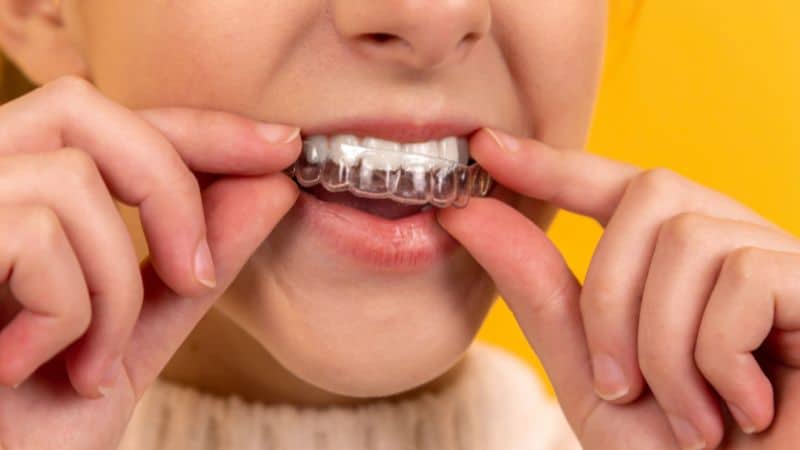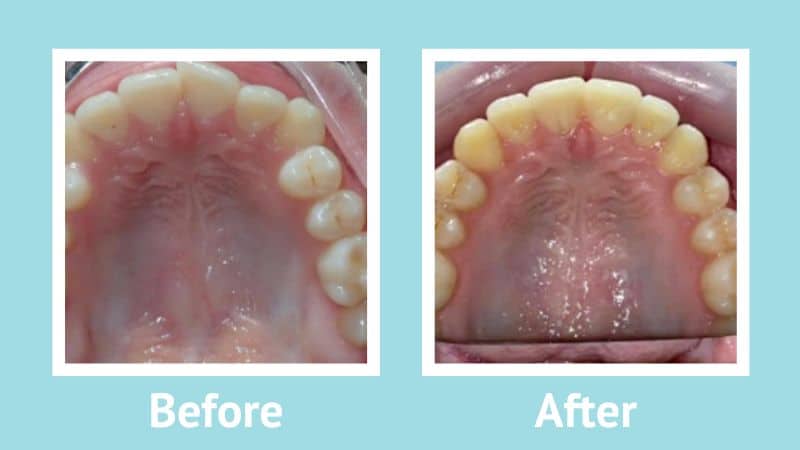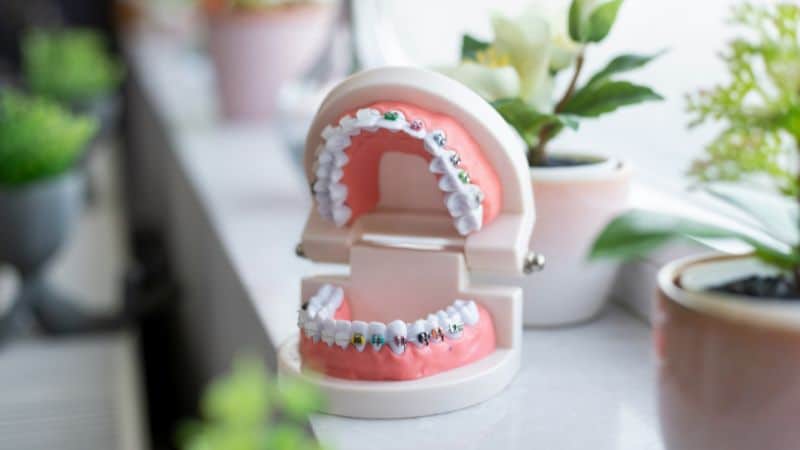
What You Should Know About Invisalign® Treatment
If you are unhappy with the appearance of your smile, there are a variety of cosmetic dentistry procedures that can help you achieve the smile you want, including orthodontic treatment. Orthodontic treatments involve straightening crooked teeth with fixed or removable braces. Invisalign®, also known as invis, is one of the most popular orthodontic treatments used today. It is effective, practical and a more aesthetic alternative to conventional braces. Here is everything you need to know about Invisalign® treatment to better understand what it is all about.
What is Invisalign®?
Invisalign® offers an alternative treatment to braces using a series of clear, removable aligners or “trays” instead of wires and brackets. The aligners are made of safe, durable polyurethane resins and work much in the same way as braces. In this case, each aligner is designed to ease your teeth into their ideal position gradually. Without brackets or wires to adjust, you simply swap out your old set of aligners for a new one every week or two.
How Does Invisalign® Work?
As an effective cosmetic dentistry solution, Invisalign® helps change the appearance of your smile, using customized aligners developed with computer-generated impressions of your teeth. The computer program calculates the ideal position for each tooth and uses that to design a series of aligners. Your treatment consists of two to three stages:
1. Images & Impressions
X-rays and photographs of your mouth, teeth and face provide the framework required to create your aligners. Your computer-generated impressions provide the “moulds” to create your trays.
2. Prep Work
Not everyone requires prep work. However, your dentist might apply “attachments” or “composite patches” to your teeth to hold your aligners in place. Each patch is shaped to produce the proper tooth movement. In other cases, you might need more space between your teeth to allow the aligners to work. Your dentist will gently sand away a thin layer of enamel to enable better movement.
3. Aligner Fitting
Once your aligners are ready, you can set up an appointment for your first fitting. You will try on the first set of aligners to see how they feel and receive instructions from your dentist. You should wear your aligners for at least 20 hours each day, removing them only to eat or to brush and floss your teeth. Your dentist will also let you know if you should change your aligners every week or two weeks.

How Long Does an Invisalign® Treatment Take?
Invisalign® dental treatment typically lasts for approximately 18 months. Your dentist will measure your progress and let you know when your treatment is complete. An important thing to keep in mind is that your treatment is only effective as your commitment to following your dentist’s instructions. If you wear your aligners 20 to 22 hours a day and swap them out based on your dentist’s instructions, you are likely to see a new smile within six-to-18-months.
Is Invisalign® Treatment Painful?
Most people experience some discomfort with each new set of aligners. The pressure on your teeth causes an achy feeling as the aligners force them into position. Changing your aligners before bed and taking an over-the-counter pain medication can reduce discomfort. However, for some, the discomfort can last a few days. Tooth sensitivity is another possible side effect, easily managed with a sensitive formula toothpaste.
Who Can Benefit from Invisalign®?
While Invisalign® isn’t for everyone, the treatment can correct common smile imperfections, including:
- Crowded teeth
- Gaps
- Crooked teeth
- Misalignments such as overbite, underbite, crossbite, open bite and deep bite issues
- Misshapen teeth & baby teeth
- Migraines
Your dentist will provide a free consultation to recommend the best treatment for you.
Invisalign® vs. Braces
So how does Invisalign® dental treatment compare to traditional braces? Here are the major differences:
Appearance
The main attraction to Invisalign® aligners is that they are barely visible, a definite plus over metal wires and brackets.
Maintenance
Invisalign® braces are low maintenance requiring very few, if any, dental appointments. Because the trays are replaced at home, you don’t have to book frequent adjustments like you would with traditional braces.
Dental Health
Removable aligners make it easier to maintain good oral health during your treatment.
Eating
Traditional braces can keep you from enjoying some of your favourite foods. This is not a worry with removable Invisalign® trays.
Length of Treatment
The Invisalign® process is much shorter, taking an average of 18 months, compared to traditional braces’ 2 years.
Treatment Cost
Because each case is unique, the cost of an Invisalign® treatment will vary from patient to patient and so will the cost of conventional braces. The complexity and time of treatment are the main factors that will influence the cost of your treatment. Be sure to check your dental insurance, as it may cover orthodontic treatment.
Treatable issues
Braces can achieve better results for a wider assortment of issues compared to Invisalign®.
In Conclusion
Invisalign® removable aligners are an excellent option for treating common smile and bite problems. They require less maintenance, are invisible and offer faster results than braces. With Invisalign®, you will find the perfect solution to your smile woes.
The cosmetic dentists at Centre Dentaire Pierrefonds in the West Island are happy to offer Invisalign Orthodontic Services to their patients. We can assess your dental condition to determine if you are a good candidate for an Invisalign treatment or if another treatment would be more appropriate. Contact us to make an appointment with our highly qualified dentists. We can help you choose the best treatment to correct the alignment of your teeth or your child’s!




